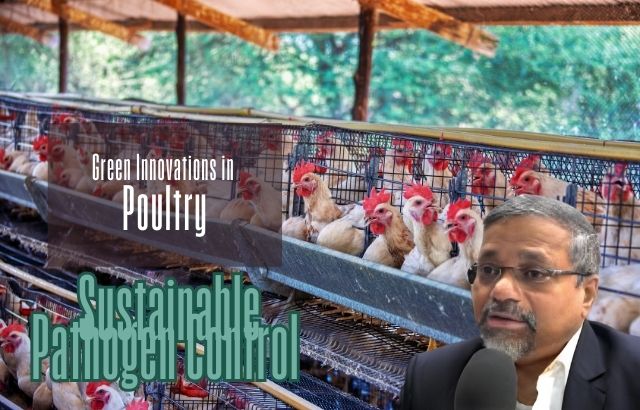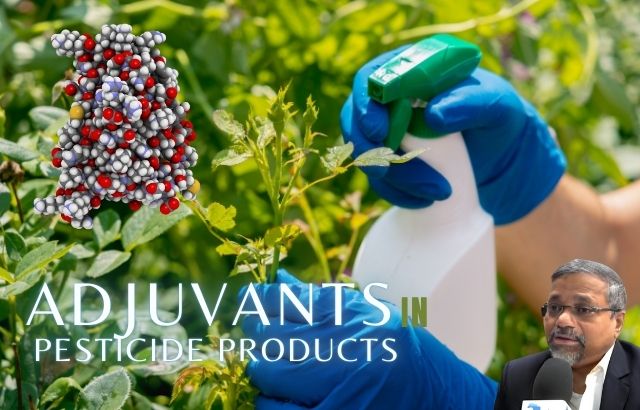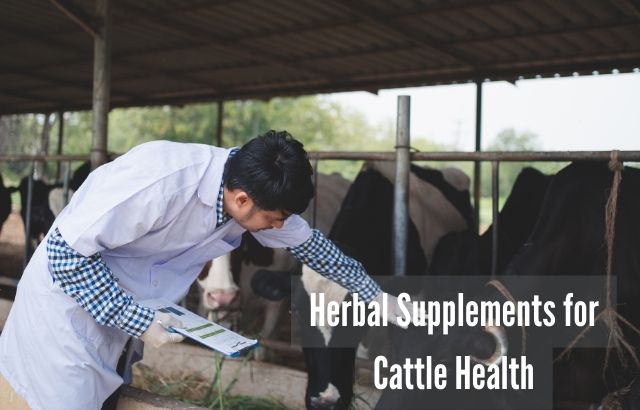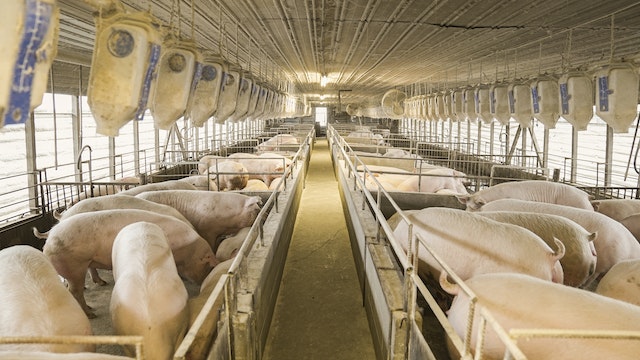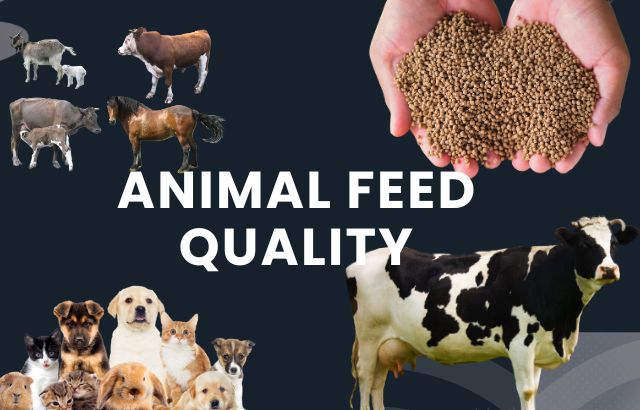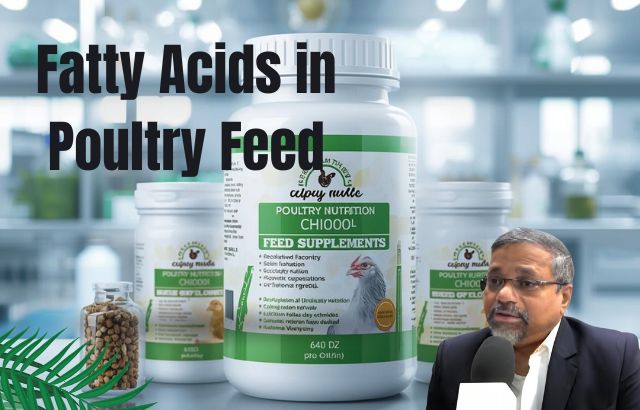In recent years, the poultry industry has seen significant advancements in managing the health of flocks, particularly in combating pathogenic gut bacteria. These pathogens, which can cause diseases like coccidiosis, salmonella, and campylobacteriosis, not only threaten the health of birds but also impact food safety and human health. Traditional methods to control these bacteria have often relied on antibiotics and chemical treatments. However, growing concerns over antibiotic resistance and the sustainability of such methods have led to the rise of green innovations in poultry farming.
This blog explores how green innovation is transforming poultry health management by introducing more natural, sustainable, and eco-friendly solutions to controlling pathogenic gut bacteria.
Key Green Innovations
- Probiotics and Prebiotics
Probiotics, beneficial bacteria that promote a healthy gut microbiome, are one of the most popular green innovations. By introducing beneficial bacteria into poultry feed, farmers can suppress the growth of harmful pathogens. Prebiotics, non-digestible food components that stimulate the growth of good bacteria, also play a key role in maintaining a balanced gut flora. Examples include lactic acid bacteria and Bacillus spp. that have shown success in enhancing gut health and preventing pathogen colonization.Example: Enterococcus faecium is a probiotic that has been incorporated into poultry feed, helping reduce the incidence of gut infections by outcompeting harmful bacteria for resources. - Essential Oils and Plant Extracts
The use of plant-based compounds, such as essential oils from oregano, thyme, and garlic, is another green alternative to antibiotic use. These oils have antimicrobial properties that help reduce the colonization of harmful bacteria in the gut without the negative side effects associated with synthetic chemicals.Example: Thyme oil and oregano oil have been found to possess strong antimicrobial effects, reducing the prevalence of pathogens like E. coli and Salmonella in poultry. - Enzyme Additives
Enzymes that aid in the digestion process can be used to break down feed more efficiently, reducing the risk of undigested food being used by harmful bacteria as a breeding ground. This can improve the overall health of poultry and decrease pathogen colonization in the intestines.Example: Phytase enzymes are commonly used to improve phosphorus digestion, preventing the buildup of undigested nutrients that could otherwise promote the growth of harmful bacteria. - Biosecurity Measures and Alternative Housing
Green innovators are also focusing on biosecurity practices that minimize pathogen exposure. This includes more natural housing designs that improve airflow, cleanliness, and hygiene while reducing the risk of disease transmission. Additionally, farmers are adopting more robust cleaning protocols using eco-friendly disinfectants, such as those based on vinegar or citrus extracts. - Fermented Feed
Fermentation of poultry feed has been identified as a way to naturally reduce pathogens. Fermented feeds promote the growth of beneficial bacteria, leading to a healthier gut microbiome and fewer opportunities for harmful bacteria to thrive.
The Role of Green Innovators in Poultry Farming
Green innovators, like Jaiguru Kadam, play a vital role in advancing these sustainable practices. As an agricultural expert, Kadam is known for his work in integrating eco-friendly solutions into farming systems. His research and development focus on creating solutions that are not only effective but also scalable and affordable for farmers. Through trials and collaborations with farming communities, he has been instrumental in introducing enzyme treatments and probiotic-based feeds to improve poultry health while minimizing environmental impact.
Intriguing Statistics
- Antibiotic Resistance: Studies suggest that approximately 70% of antibiotics sold globally are used in livestock, with a significant portion used for disease prevention. Green innovations reduce the need for antibiotics, lowering the risk of developing resistant strains.
- Probiotic Benefits: Research indicates that the use of probiotics in poultry feed can reduce the incidence of gut diseases by up to 30%.
- Feed Efficiency: Enzyme additives can improve feed conversion rates by 5-10%, making poultry farming more sustainable by reducing the amount of feed needed to achieve optimal growth.
Green Innovator Jaiguru Kadam’s Contributions: A Calculation Example
As an expert in agricultural innovation, Jaiguru Kadam has applied his knowledge to tackle some of the key challenges in poultry farming. Let’s look at an example of his work in improving feed efficiency.
Scenario:
A poultry farm typically uses 1,000 kg of feed per day to maintain its flock of 5,000 birds. The farm adopts enzyme additives that improve feed conversion by 7%.
Calculation:
- With the new enzyme-based feed, the farm can now feed its flock more efficiently.
- Feed savings per day: 1,000 kg * 0.07 (7%) = 70 kg.
- Feed savings per year: 70 kg/day * 365 days = 25,550 kg of feed saved annually.
This reduction in feed not only reduces costs for the farm but also lessens the environmental impact associated with feed production.
Ask Jaiguru – FAQs on Green innovations in poultry
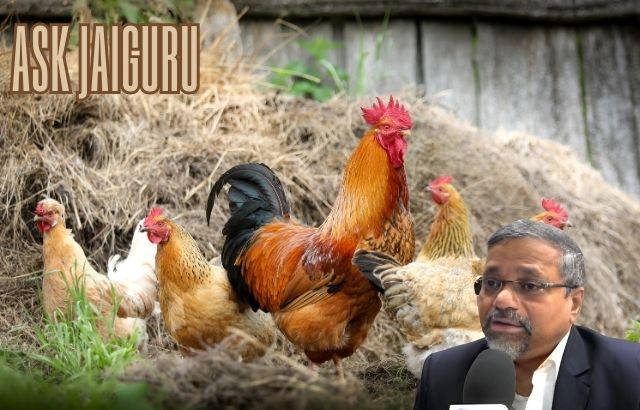
Q1: Are these green innovations effective in large-scale poultry farms?
Yes, green innovations like probiotics, essential oils, and enzymes are scalable. Many large-scale poultry farms around the world have successfully adopted these techniques to improve poultry health and reduce reliance on antibiotics.
Q2: How do probiotics prevent pathogenic bacteria in the gut?
Probiotics work by outcompeting harmful bacteria for space and nutrients in the gut. They can also produce substances like lactic acid that create an environment unfavorable to pathogens, effectively preventing their growth.
Q3: Are there any side effects to using essential oils in poultry farming?
While essential oils are generally safe, they should be used in appropriate concentrations. Overuse of certain oils could lead to toxicity or reduced feed intake. Therefore, it’s important to consult with an expert or vet to ensure safe and effective use.
Q4: How do fermented feeds work to control gut pathogens?
Fermented feeds enhance the growth of beneficial microorganisms in the gut, leading to improved digestion and nutrient absorption. This reduces the opportunity for harmful bacteria to thrive, promoting overall gut health.
Conclusion
The rise of green innovations in poultry farming presents a sustainable and effective way to tackle the challenge of pathogenic gut bacteria. Through the use of natural alternatives like probiotics, essential oils, and enzymes, the industry is moving toward more environmentally-friendly practices. With the ongoing contributions of green innovators like Jaiguru Kadam, the poultry industry is becoming both more efficient and healthier for both the birds and the environment.
By adopting these solutions, poultry farmers can not only improve flock health but also reduce their reliance on antibiotics, contributing to a healthier and more sustainable food system for future generations.

